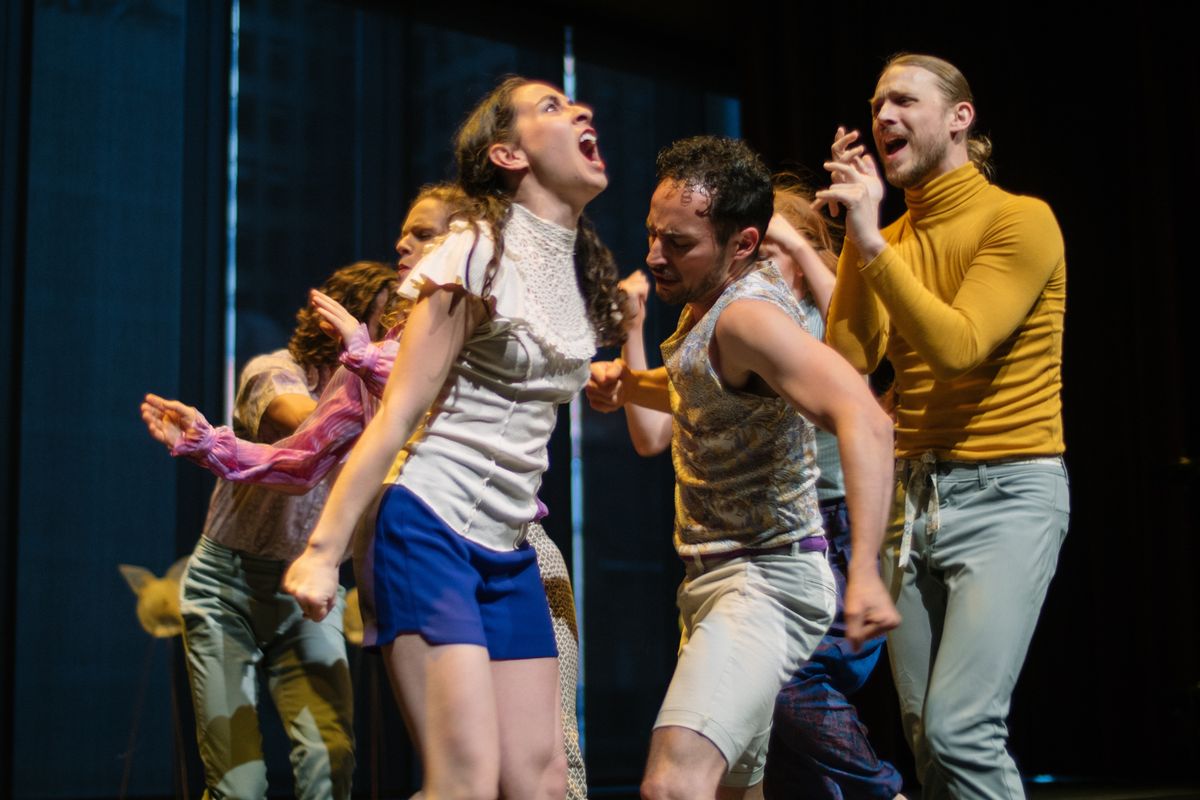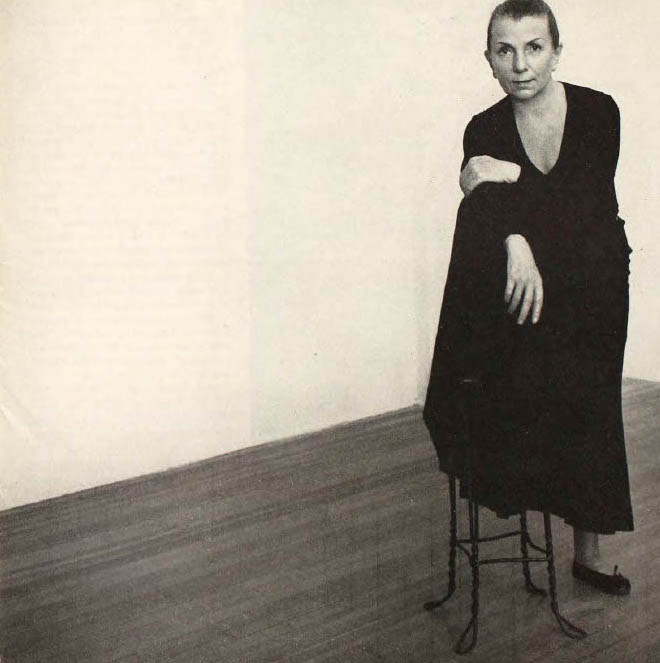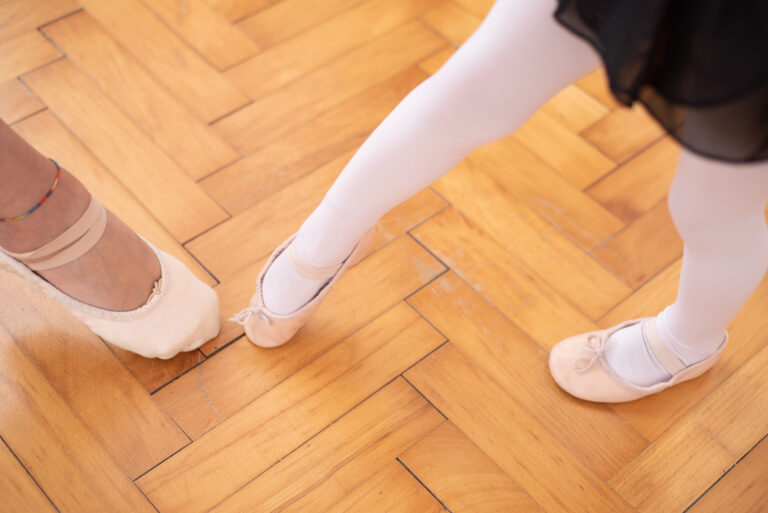
University of Utah professor Molly Heller choreographs works that demand 100 percent commitment from her dancers. Her most recent piece Very Vary saw her cast of six speak, scream, laugh, cry and make a range of radical facial expressions in movement that was technically challenging, dynamic and highly expressive.
Getting that level of commitment from your dancers isn’t easy, especially when it comes to facial expressions and vocalization. Heller shares six ways that she brings out excellent performance quality in her dancers. Try them with your students.
1. Draw emotion from real experiences by asking questions. Heller prompts her dancers with questions like “What is something you fear?” or “What is something you’re good at?” The dancers then develop a response and Heller shapes it. “People ask me, ‘How do you get them to cry?'” she says. “But they’re not really performing those emotions. You are witnessing them move through those emotions.”
2. Think of facial expression as an extension of the body, rather than a theatrical element.
3. Use outside sources. “Sometimes we’ll look at a music video or a video of another performance genre, and we’ll learn the facial expressions from the video,” says Heller. “For example, one of the performers learned the facial expressions from a Ludacris video. I took that and put it in a totally different context.”

4. Focus on the eyes, feet and hands. “I have found that facial expression comes from accessing the nuance in the effort of the hands and feet,” says Heller. “The eyes are like another body limb that reaches out into space and receives information.” Heller does eye training with her students—working with focused or blurred eyes, opening up peripheral vision and working with intimate, social and long-distance focus.
5. Work with imagery.
6. Develop a partnership with the music. “The music or the sound is both influencing you and you are directing it,” she says. “Even if it’s a prerecorded sound, imagine that you are triggering the music just as much as it’s partnering you.”
Get inspired by these excerpts from Heller’s Very Vary.




